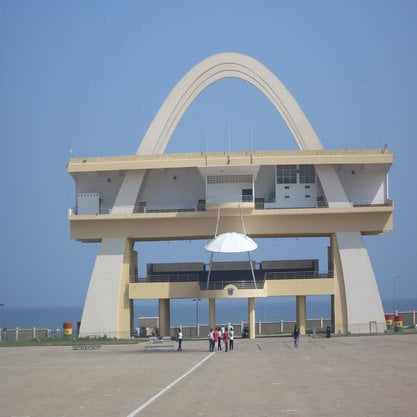Article
Ngwenya, Malangatana (1936–2011) By Collier, Delinda
Article
Malangatana Ngwenya was born in 1936 in Matalana, in what was then the Portuguese colony of Mozambique. He is Mozambique’s most important artist and one of the best-known African modernists. Malangatana was committed to two elements of subject matter that are characteristic of African modernism: the present state of Africans under and after colonialism, and representations of pre-colonial African tradition—not as a “clash of cultures” or primordial connection to roots, but as a strategic choice. His work is markedly two-dimensional, with depthless figures and lines flat against the field of vision, eliminating any notion of his pictures as illusionistically “African”. These techniques of flattening translated into many murals that he executed in Mozambique and elsewhere. Malangatana worked with mural artists from Chile, Mexico, South Africa and the United States, and their styles and techniques are visibly influenced by one another. Malangatana actively sought out his contemporaries and consistently worked with artists from under-represented social groups.

